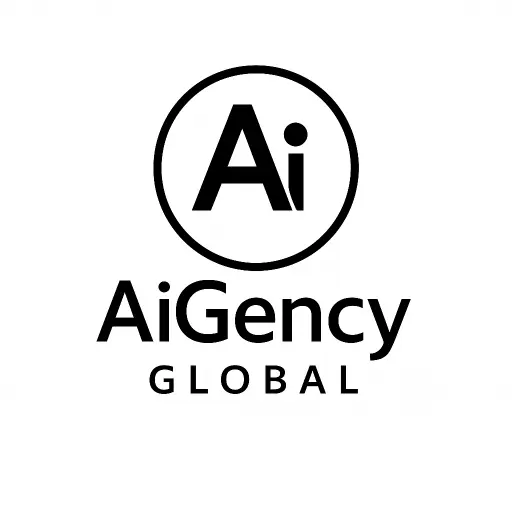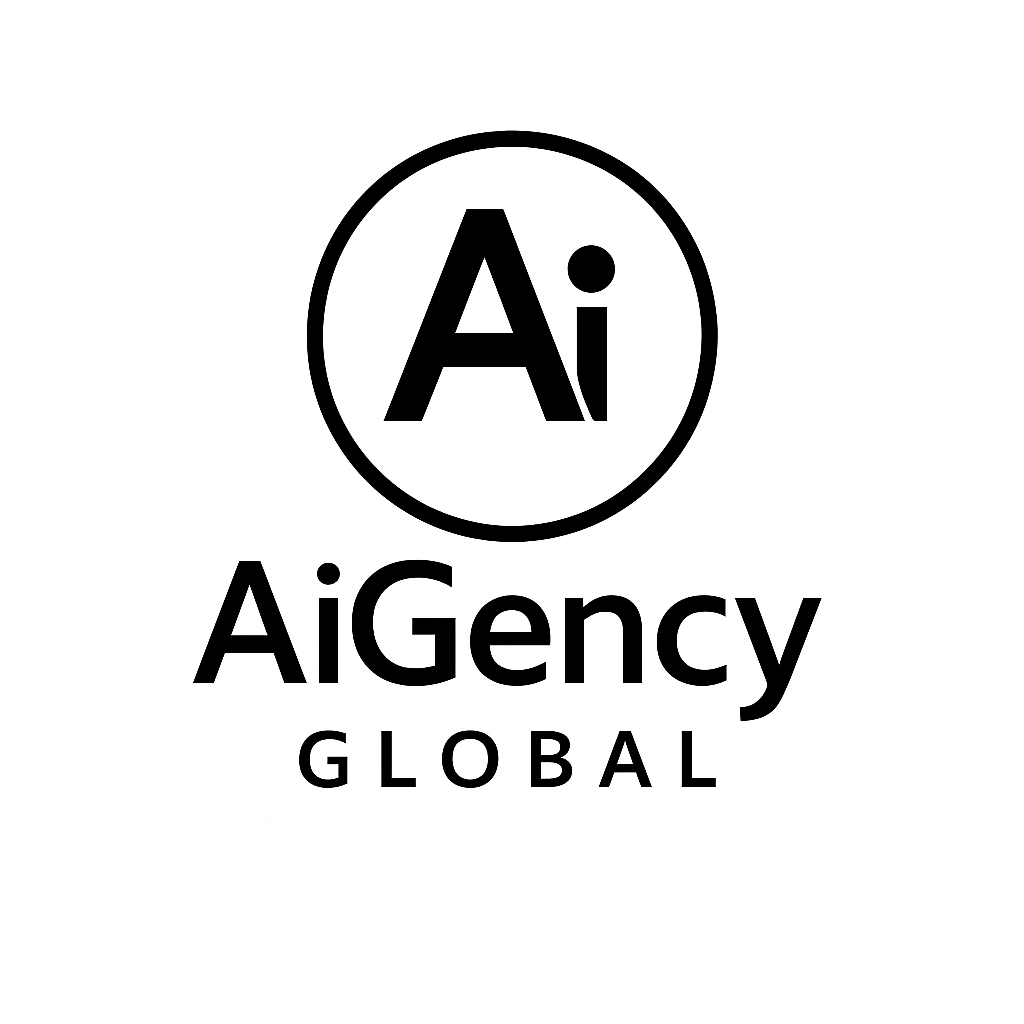
Introduction: The Industry at a Tipping Point
The workforce industry stands at a pivotal juncture. While technological advancements offer tools to enhance productivity and efficiency, many organizations remain anchored to traditional models of hiring and workforce management. Simultaneously, artificial intelligence (AI) is no longer a distant concept—it’s actively reshaping job roles and organizational structures.
The future isn’t about choosing between humans or machines; it’s about integrating both. The true disruption lies in augmenting human talent with AI capabilities and vice versa.
What is Workforce Augmentation?
Workforce augmentation involves the strategic integration of AI technologies to complement and enhance human capabilities. This approach focuses on:
– Upskilling Employees: Equipping human workers with AI tools and training to improve their efficiency and decision-making.
– Deploying AI Agents: Implementing AI systems to handle repetitive or data-intensive tasks, allowing human employees to focus on more complex responsibilities.
This synergy aims to create a more agile, efficient, and innovative workforce.
Real-World Applications: Companies Leading the Way
1. Johnson & Johnson (J&J): Building an AI-Literate Workforce
J&J has mandated generative AI training for over 56,000 employees, emphasizing the importance of AI literacy across all levels. The company offers immersive programs to upskill workers, ensuring they can effectively integrate AI into drug development, regulatory compliance, and operations.
2. Pinterest: Democratizing AI Innovation
Through its annual Makeathon, Pinterest empowers employees from all departments to develop AI tools. One notable outcome is an internal chatbot that answers approximately 4,000 employee queries monthly, streamlining access to information and fostering a culture of innovation.
3. UBS: Enhancing Client Engagement with AI Avatars
UBS has introduced AI-generated avatars of its analysts to deliver video research content to clients. This initiative aims to meet the growing demand for video communication, allowing analysts to focus on in-depth research while AI handles presentation delivery.
4. San Antonio Spurs: Leveraging AI for Operational Efficiency
The San Antonio Spurs utilize AI, particularly ChatGPT, to enhance data analysis and community engagement. This adoption has resulted in significant operational efficiency, saving employees over 1,800 work hours each month.
5. Shoosmiths: Incentivizing Transparent AI Usage
UK-based law firm Shoosmiths introduced a £1 million bonus pool to encourage employees to use Microsoft Copilot transparently. This initiative promotes the ethical and effective integration of AI tools within the organization.
The Impact on the Workforce
Integrating AI into the workforce transforms traditional roles and necessitates a shift in skill sets. According to a McKinsey report, 94% of employees and 99% of C-suite leaders are familiar with generative AI tools, indicating widespread awareness and adoption. However, this shift also brings challenges, including the need for reskilling and addressing concerns about job displacement.
Younger generations, particularly Gen Z and millennials, express both enthusiasm and anxiety about AI’s role in the workplace. While they appreciate the efficiency AI brings, there’s apprehension about job security—especially in white-collar roles traditionally seen as safe.
Despite this, the trend is irreversible. Businesses that are already deploying AI are witnessing:
– Faster Decision-Making: Real-time analytics and smart recommendations.
– Greater Employee Satisfaction: By removing repetitive tasks and freeing teams to focus on strategic work.
– Cost Savings: AI agents don’t require pensions, healthcare, or time off.
– Scalability: Digital workers can be cloned, retrained, and deployed globally within days—not months.
Preparing for an AI-Driven Future
As AI continues to permeate the workplace, organizations must proactively adapt to this new paradigm. This includes:
– Investing in AI Technologies: Adopting tools relevant to their industries.
– Creating AI-Human Collaboration Strategies: Developing frameworks for seamless integration.
– Reskilling Teams: Training employees to manage, audit, and evolve AI tools.
– Embedding Digital Ethics: Ensuring transparency and ethical considerations in AI deployments.
Done well, AI isn’t just a tool—it becomes a transformative layer across the entire business.
Conclusion: This is the Moment
AI is not going to pause for the workforce industry to catch up. You either lead the change or become a case study in what happens when you don’t.
The future isn’t about man or machine. It’s about man with machine. It’s about people trained to command AI and AI systems designed to serve people.
Disruption is coming either way. But if you act now, you don’t have to be disrupted.
You can be the disruptor.


